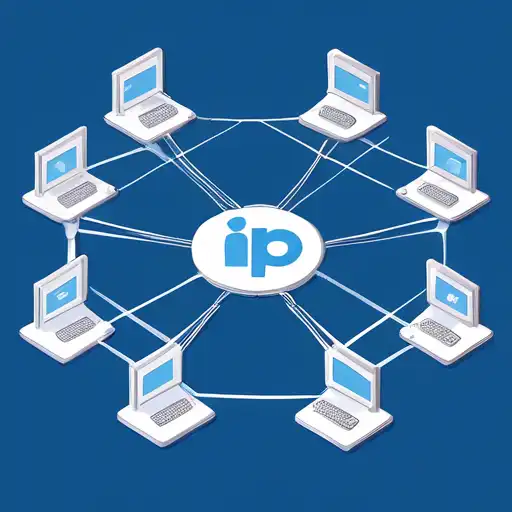Introduction to IP Addresses
In the vast world of networking, understanding IP addresses is crucial for anyone looking to grasp how devices communicate over the internet. An IP (Internet Protocol) address is a unique identifier assigned to each device connected to a network, enabling them to send and receive data. This article will explore the basics of IP addresses, their types, and their significance in networking.
What is an IP Address?
An IP address is a numerical label assigned to each device participating in a computer network that uses the Internet Protocol for communication. It serves two primary functions: identifying the host or network interface and providing the location of the host in the network.
Types of IP Addresses
There are two main types of IP addresses: IPv4 and IPv6. IPv4, the most widely used version, consists of four sets of numbers separated by periods (e.g., 192.168.1.1). Due to the limited number of IPv4 addresses, IPv6 was introduced, offering a much larger address space with eight groups of four hexadecimal digits.
- IPv4: The original IP address format, limited to about 4.3 billion addresses.
- IPv6: The next generation IP address, designed to overcome IPv4 limitations with a virtually unlimited number of addresses.
How IP Addresses Work
IP addresses are the cornerstone of internet communication. When you type a website's URL into your browser, a DNS server translates it into an IP address, directing your request to the correct server. The server then responds by sending the requested data back to your device's IP address.
Static vs. Dynamic IP Addresses
IP addresses can be static or dynamic. A static IP address remains constant, making it ideal for hosting websites or services. In contrast, a dynamic IP address is assigned temporarily by a DHCP server and can change over time, which is more common for residential users.
- Static IP: Permanently assigned to a device, suitable for servers.
- Dynamic IP: Temporarily assigned, reducing the need for manual configuration.
The Importance of IP Addresses in Networking
IP addresses enable devices to locate and communicate with each other on a network. Without them, the internet as we know it wouldn't function. They play a vital role in routing traffic, ensuring data reaches its intended destination efficiently.
Conclusion
Understanding IP addresses is fundamental for anyone interested in networking or the internet's workings. Whether you're setting up a home network or pursuing a career in IT, grasping the basics of IP addresses, their types, and how they function is essential. As the internet continues to evolve, so too will the technologies and protocols that underpin it, making ongoing learning and adaptation crucial.
For more insights into networking basics, check out our articles on Networking Basics and Understanding DNS.
